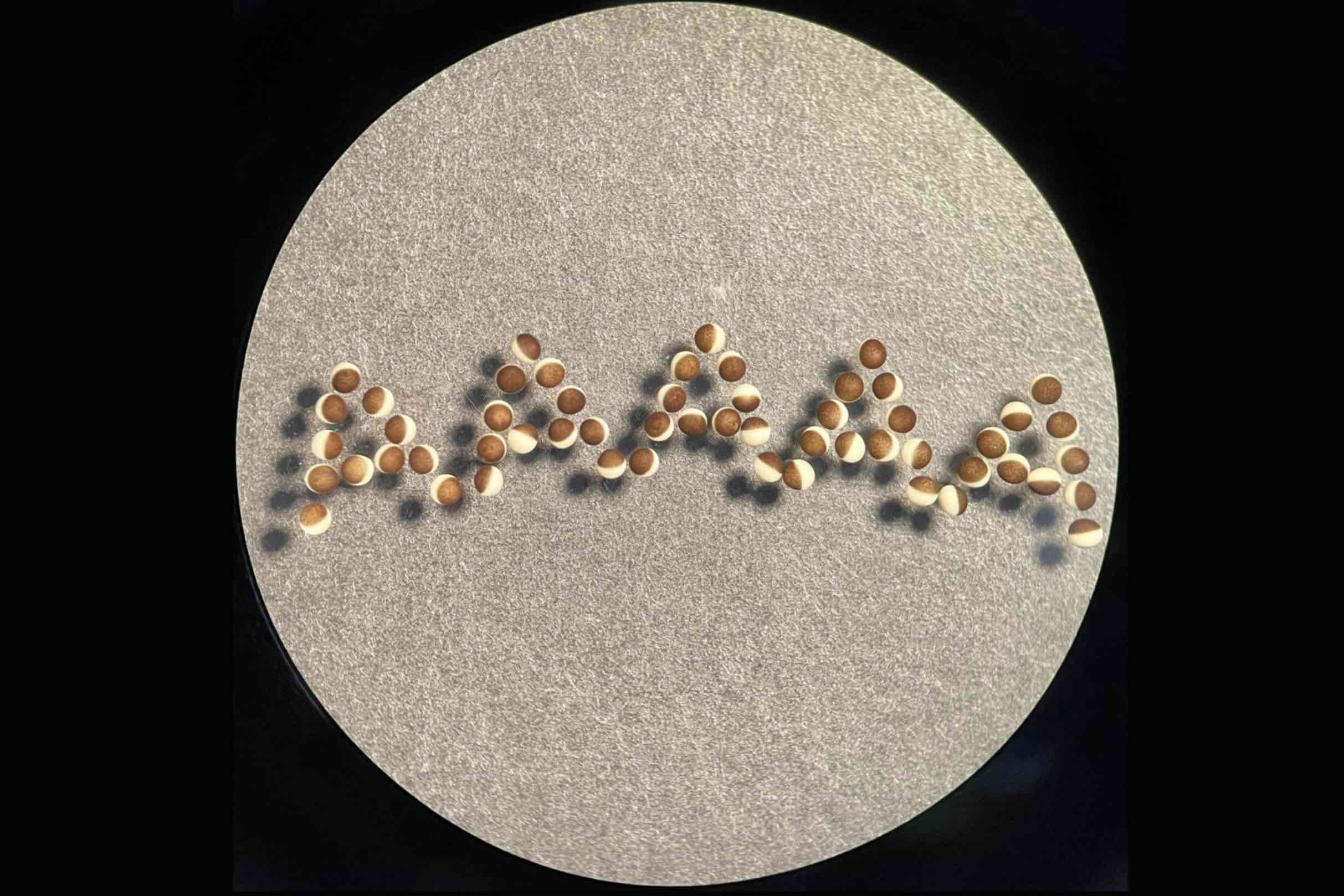
Greta Friar | Whitehead Institute
July 12, 2021
In new research, published in eLife on July 2, Bartel, who is also a professor of biology at Massachusetts Institute of Technology and an investigator with the Howard Hughes Medical Institute, and Bartel lab member Kehui Xiang, a CRI Irvington Postoctoral Fellow, have now discovered how cells establish this early gene regulatory regime and what conditions prompt a switch as the embryos mature. The researchers have observed the same regulatory switch in fish, frogs, and flies, and because the switch occurs across the animal kingdom, they would expect to see that the mechanism applies in other species including mammals.
“When I joined the lab, they had discovered that egg cells and early embryos had this different regulatory regime, and I wanted to know why,” Xiang says. “There must be fundamental changes to the cell, or to the molecules in the cell, that define this.”
The difference in how mRNAs are regulated during and after early development has to do with the length of their tails. mRNAs have tails made up of strings of adenines, one of the building blocks of RNA. Tail length varies between mRNAs from different genes and even between mRNAs from the same gene. Usually, the length of this “poly(A)-tail” corresponds to how long an mRNA lasts before getting degraded. An mRNA with a long tail is more stable, and will generally last longer. However, researchers had also observed that in some cases mRNA tail length corresponds to how readily an mRNA is used to make protein. Bartel’s earlier research had helped define when each of these connections occurs: mRNA tail length affects translational efficiency only in immature eggs and early embryos, and in other stages, it affects mRNA stability or lifespan.
In their new research, Xiang and Bartel uncovered three conditions that are required for the mRNA regulatory regime that exists in early development.
A competitive environment
The first condition is that there has to be a limited availability of a protein that binds to mRNA tails called cytoplasmic poly(A)-binding protein (PABPC). PABPC is known to help activate the translation of mRNA into protein. It binds to the mRNA tail and—in embryos—helps to increase translational efficiency; the researchers propose that it may do this by promoting a more favorable structure for translation. When PABPC is in limited supply, as it is in early embryos, then short-tailed mRNAs are less likely to bind any of the protein, as they will be outcompeted by long-tailed mRNAs, explaining the correlation between tail length and translational efficiency. Later in development, PABPC is in such ready supply that all of the mRNAs are able to bind at least one, decreasing the competitive edge of long-tailed mRNAs.
Early durability
However, the researchers observed that reducing the amount of PABPC in adult cells so that it becomes limiting in these cells did not cause mRNAs with longer tails to be translated more efficiently, which showed that other conditions must also contribute to early embryos’ unique regulation. The second condition that Xiang identified is that mRNAs must be relatively stable in spite of their inability to compete for PABPC. In adult cells, RNAs without PABPC bound to their tails are very unstable, and so are likely to degrade. If the same were true in early embryos, then the short-tailed mRNAs would degrade quickly because they are outcompeted for binding PABPC, and so one would again see a link between tail length and stability, rather than between tail length and translational efficiency—short-tailed mRNAs would be eliminated rather than poorly translated. However, the processes that would normally degrade mRNAs without PABPC have not yet started occurring in early embryos, allowing the short-tailed mRNAs to survive.
Big fish in a small pond
Finally, Xiang discovered that in order for tail length and translational efficiency to be linked, PABPC has to be able to affect translational efficiency. He found that in adult cells PABPC does not appear to boost translational efficiency the way it does in embryos. The researchers hypothesize that this is because the process of translating mRNAs in adult cells is already so efficient that the small boost from binding PABPC does not make a significant difference. However, in early embryos PABPC is more of a big fish in a small pond. The cells do not have all of the machinery to maximize translational efficiency, so every bit of improvement, such as the benefit of binding PABPC, makes a noticeable difference.
Together, these three conditions enable early eggs and embryos to regulate their mRNA in a unique fashion that can control how much protein is made from each gene without destroying the limited pool of mRNA available. In the future, the researchers hope to recreate the three conditions in non-embryonic cells to confirm that the conditions Xiang identified are not only necessary but also sufficient to cause the switch in regulatory regimes.
“Knowing which function the poly(A)-tail is performing in a specific cell or scenario—providing mRNA stability or translational efficiency—is really critical for understanding how genes are regulated in the different cells,” Bartel says. “And understanding that is important for answering all kinds of questions about cells, from their functions to what can go wrong with them in diseases.”
